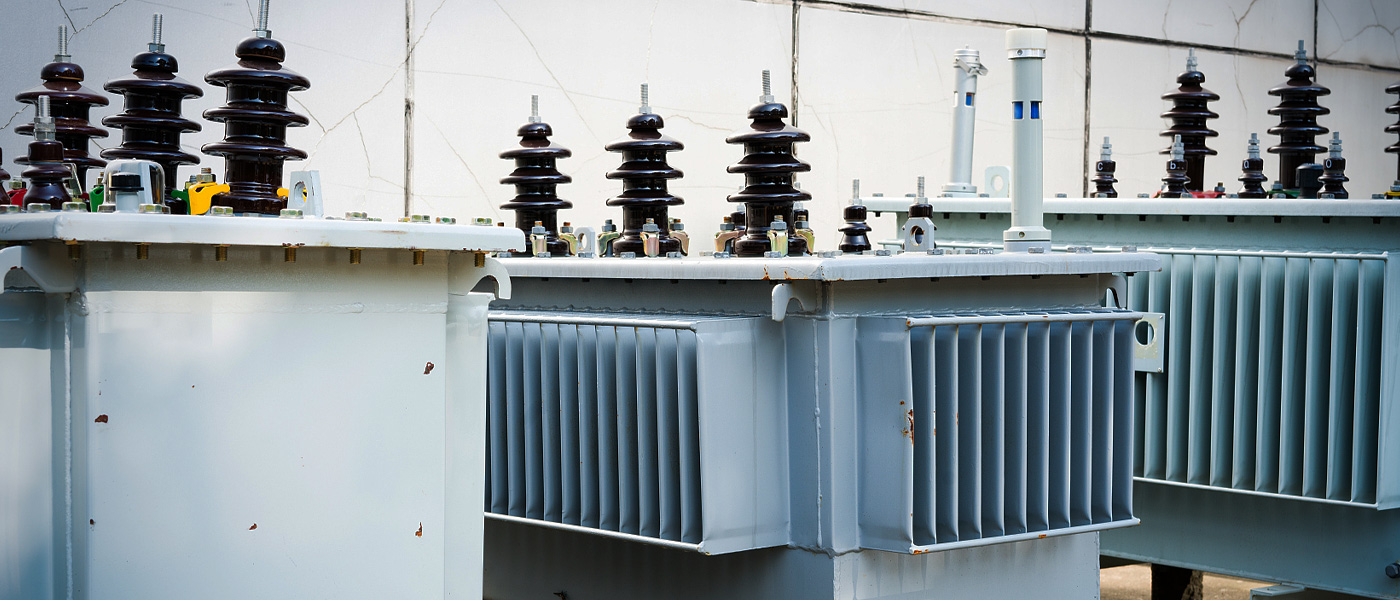What is oil-immersed transformer?
2024-06-11

An oil-immersed transformer is a type of electrical transformer that uses oil as a cooling and insulating medium. These transformers are widely used in power distribution systems, industrial facilities, and other applications where high-voltage electrical power needs to be transformed and distributed to lower voltage levels. In this article, we will provide a comprehensive introduction to oil-immersed transformers, covering their definition, product features, working principle, working conditions, internal components and structure, technical parameters, product advantages, application range, installation, and maintenance services after sales.
what is oil-immersed transformer?
An oil-immersed transformer is a type of electrical transformer that uses oil as a cooling and insulating medium. The transformer consists of a core and coil assembly immersed in a tank of insulating oil. The oil provides both electrical insulation and efficient heat dissipation, allowing the transformer to operate at high voltages and currents without overheating.
Product Features:
Oil-immersed transformers, renowned for their reliability and durability, are a testament to their high efficiency. Designed to withstand high electrical and mechanical stresses, they are suitable for a wide range of applications. These transformers, available in various voltage and power ratings, are a trusted solution for different power distribution systems, instilling confidence in their performance and longevity.
Working Principle:
The working principle of an oil-immersed transformer is based on the principles of electromagnetic induction. When an alternating current flows through the primary winding of the transformer, it creates a changing magnetic field in the core. This changing magnetic field induces a voltage in the secondary winding, which is then used to supply power to the load. The insulating oil helps to transfer the heat generated during operation away from the core and windings, ensuring efficient cooling and insulation.
Working Conditions or Working Environment:
Oil-immersed transformers are designed to operate in a wide range of environmental conditions. They can withstand high temperatures, humidity, and mechanical vibrations, making them suitable for both indoor and outdoor installations. However, it is important to ensure that the transformer is installed in a well-ventilated and clean environment to maintain optimal performance and longevity.
Internal Components and Internal Structure:
The internal components of an oil-immersed transformer include the core, windings, insulating oil, tank, cooling system, and various electrical and mechanical accessories. The core is typically made of high-grade silicon steel to minimize core losses, while the windings are made of high-quality copper or aluminum conductors. The insulating oil is carefully selected to provide excellent electrical insulation and thermal conductivity. The tank is designed to withstand the pressure and mechanical stresses during operation, and the cooling system ensures efficient heat dissipation.
Technical Parameters:
Oil-immersed transformers are available in a wide range of technical parameters, including voltage ratings, power ratings, frequency, insulation class, temperature rise, and impedance. The manufacturer specifies these parameters to ensure that the transformer meets the specific requirements of the application.
Product Advantages:
Oil-immersed transformers offer several advantages, including high efficiency, long service life, excellent insulation properties, and the ability to withstand overloads and short circuits. They are also relatively easy to install and maintain, making them a cost-effective solution for power distribution systems.
Application Range:
Oil-immersed transformers are widely used in power distribution systems, industrial facilities, commercial buildings, and utility substations. They are suitable for applications where high-voltage power needs to be transformed and distributed to lower voltage levels, such as in electrical grids, manufacturing plants, and infrastructure projects.
Installation:
The installation and maintenance of an oil-immersed transformer, a critical component of power distribution systems, should be carried out by qualified personnel like you. Following the manufacturer's instructions and local regulations and providing proper foundation, electrical connections, and cooling arrangements are not just tasks but responsibilities that empower you to ensure safe and reliable operation.
Maintenance Service After Sales:
After-sales maintenance services for oil-immersed transformers are not just additional services but essential for the continued reliability and performance of the transformer. These services typically include periodic inspections, oil testing, insulation resistance measurements, and preventive maintenance activities. Regular upkeep is vital to ensure the transformer's longevity and optimal performance over its service life.
Conclusion
In conclusion, as an electrical engineer or power system operator, your understanding and maintenance of oil-immersed transformers are crucial for the safe and reliable operation of power distribution systems. These transformers, with their robust construction, high efficiency, and long service life, are a critical part of modern electrical infrastructure. Understanding their working principles, technical parameters, and maintenance requirements is not just beneficial but essential for ensuring safe and reliable operation.





